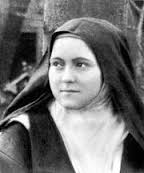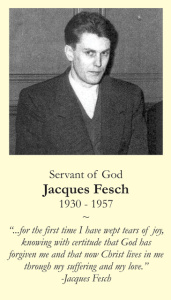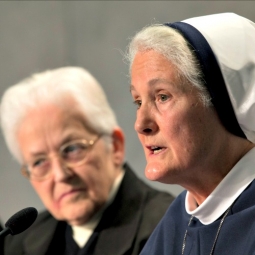 One of the biggest requirements for men and women discerning religious life is a good spiritual director. But often, the parish priest is too busy, the diocese is focused on priestly vocations and others potentially available are not a good fit or equipped to provide good spiritual mentoring.
One of the biggest requirements for men and women discerning religious life is a good spiritual director. But often, the parish priest is too busy, the diocese is focused on priestly vocations and others potentially available are not a good fit or equipped to provide good spiritual mentoring.
Therefore, it is with great joy and interest, that we promote this wonderful program called “Catholic Spiritual Mentorship: Forming You to Form Others in the Interior Life.”
Offered by the Apostles of the Interior Life in collaboration with the Holy Family School of Faith, Catholic Spiritual Mentorship is a two-year course of study combining eight distance learning courses with four one-week intensive sessions offered in-residence at Savior Pastoral Center in Kansas City, Kansas.
According to their brochure:
- The program is designed to form Spiritual Mentors to serve as guide and companion to others on their journey to holiness. We are looking for Catholics who have a desire to develop a deep prayer and sacramental life, a desire to increase their knowledge of the Catholic faith, a desire to grow in the virtues and a desire to help others do the same.
- While many people in the program are from the greater Kansas City area, we have had participants from 15 different states and dioceses across the United States. This diverse group includes many lay people, permanent deacons,and religious sisters.
They are currently accepting applications for their next session. If you would like more information, please call (913) 310-0014 or email: SpiritualMentorship@SchoolofFaith.com.
The Apostles of the Interior Life were founded in 1990 by Fr. Salvatore Scorza who, as a young seminarian, envisioned a community of young consecrated people with philosophical and theological backgrounds that would seek out their brothers and sisters and guide them to meet God.
Their four pillars are: Prayer (four hours daily including the Mass, Adoration and the Divine Office); Community life; Intellectual formation (at least 5 years of study); and Apostolate (missionary, especially on college campuses, formation of spiritual mentors, retreats, etc).
They are present on the following US college campuses: the University of Illinois in Champaign, IL; the University of Kansas in Lawrence, KS; the University of Wisconsin in Madison, WI; and Texas A&M University in College Station, TX. In 2009 a Provincial House was established in the Archdiocese of Kansas City, KS. In 2012, the first five brothers were ordained to the Priesthood.
Archbishop Joseph Naumann of Kansas City, KS, says: “My dream … is to be able to awaken in the hearts of many a yearning for holiness. If we are able to succeed in this area, we will need an army of spiritual mentors who will be trained to help guide and assist others in developing a rich life of prayer.”
The icon for the Apostles of the Interior Life is of Jesus greeting the Samaritan women at the well. May these spiritual mentors draw many to the well of living water, to Jesus Christ.



